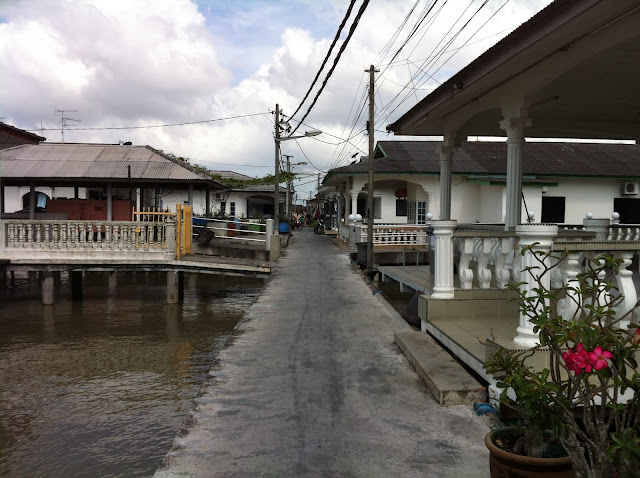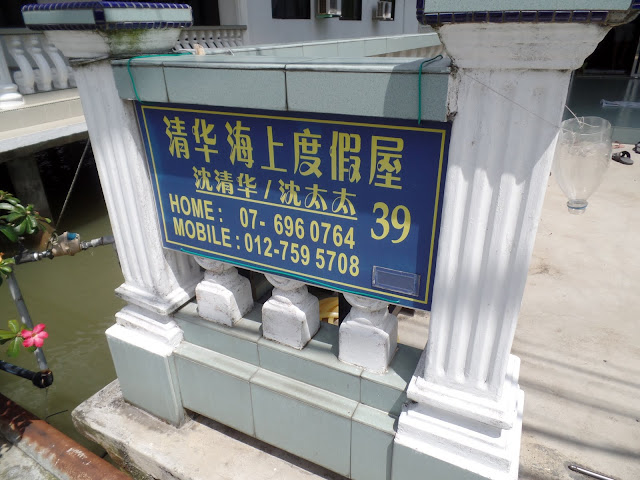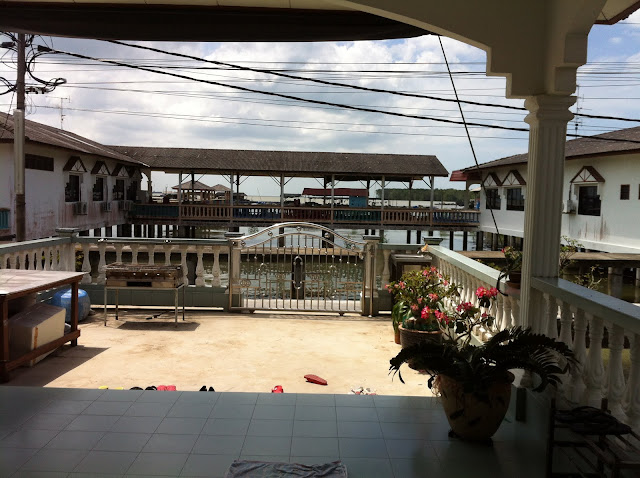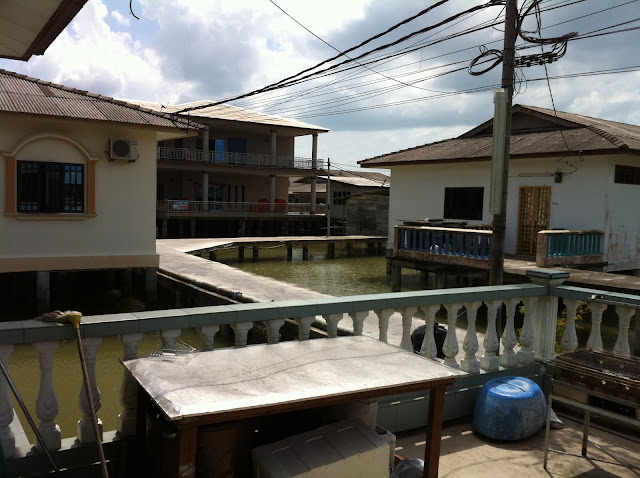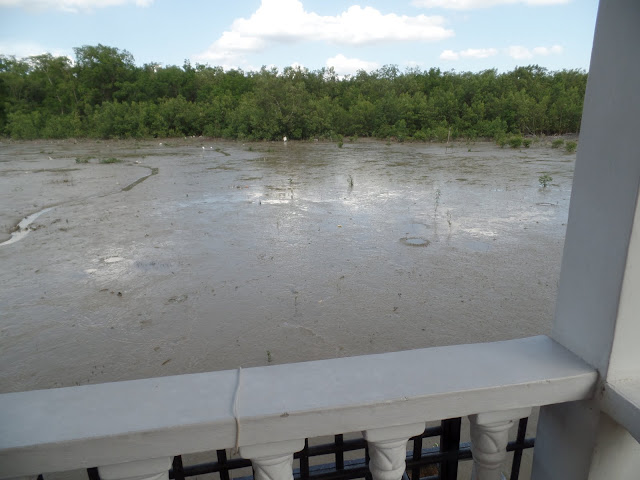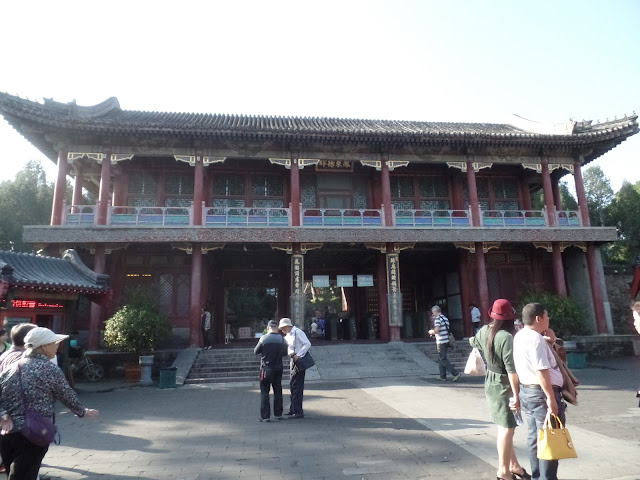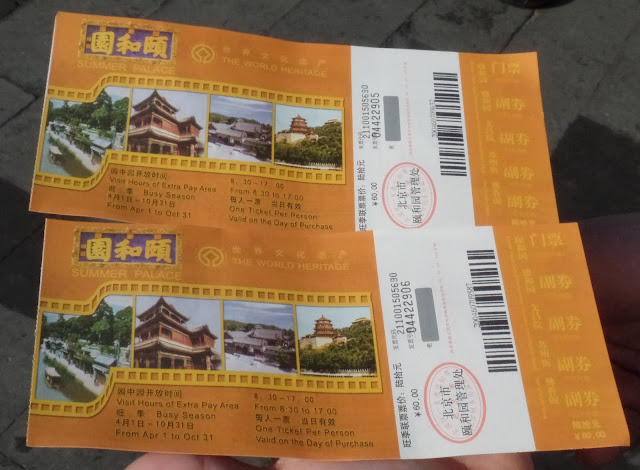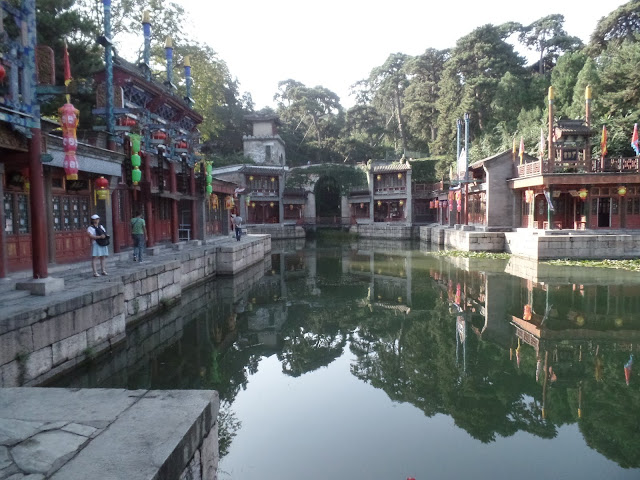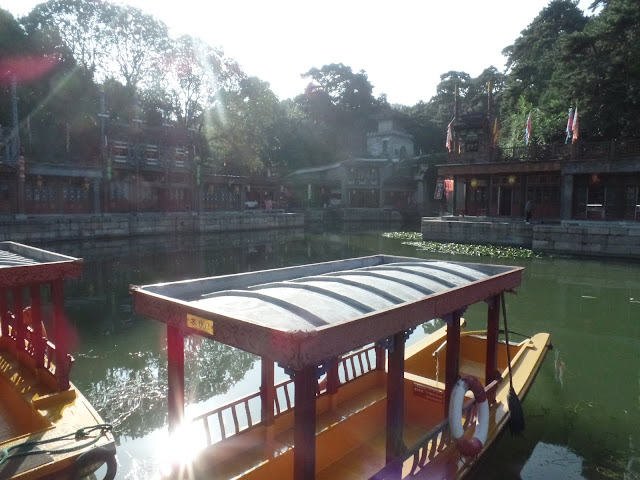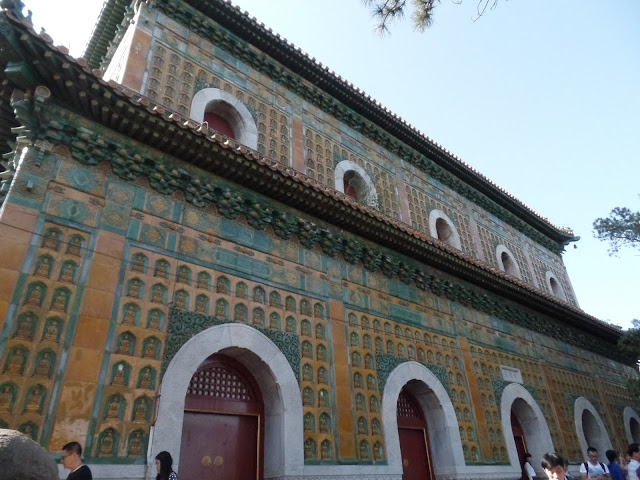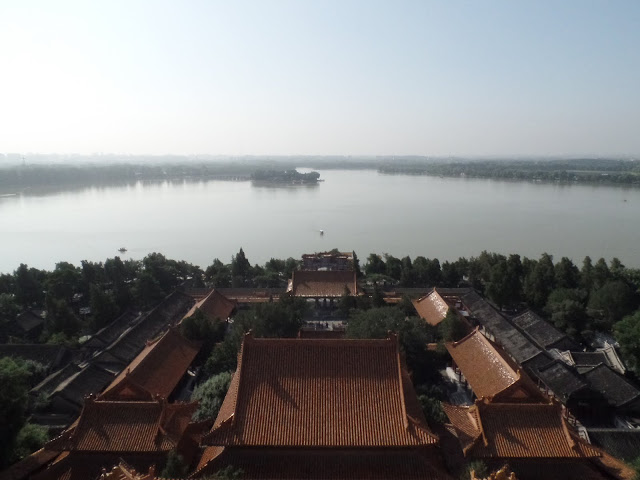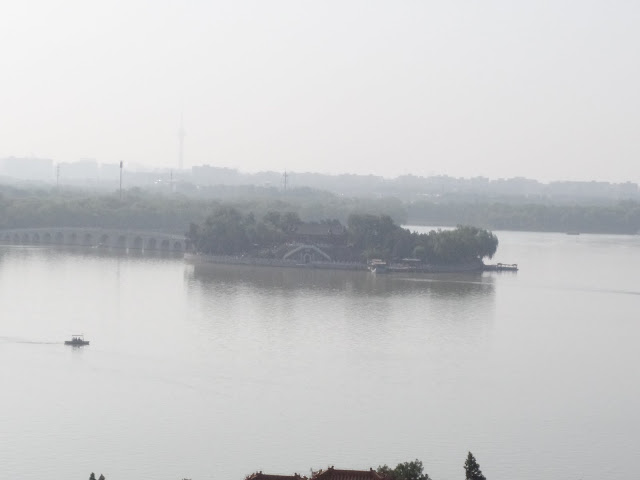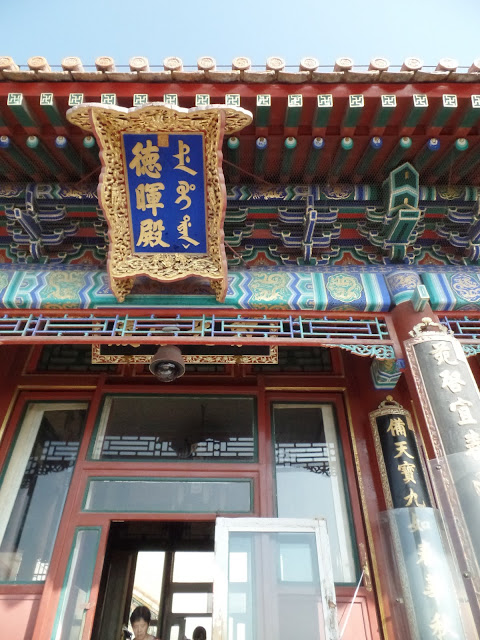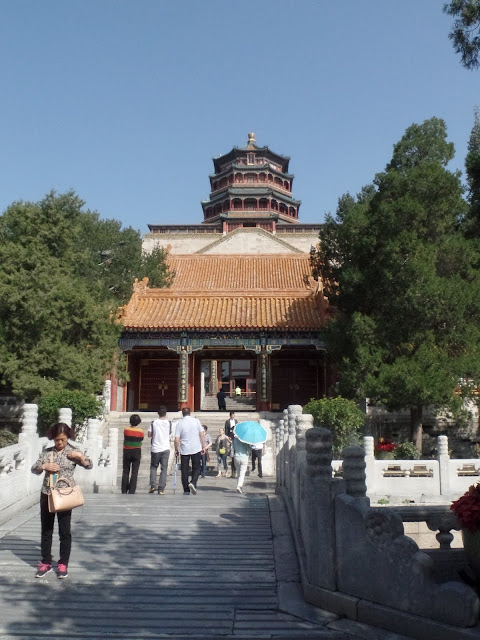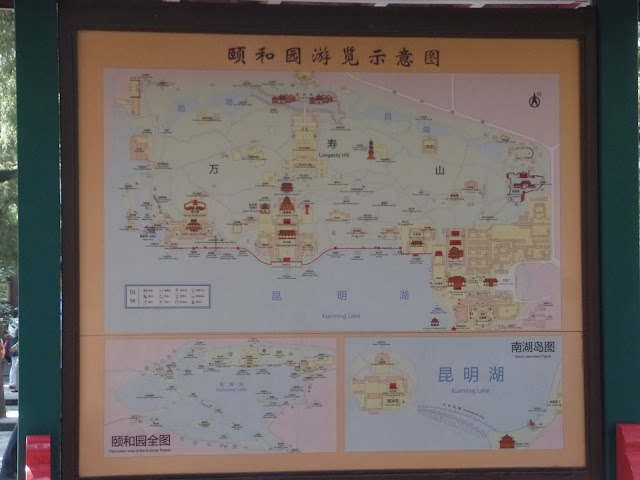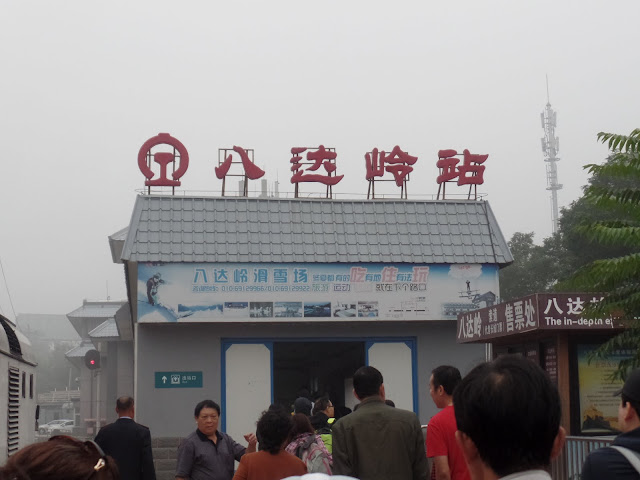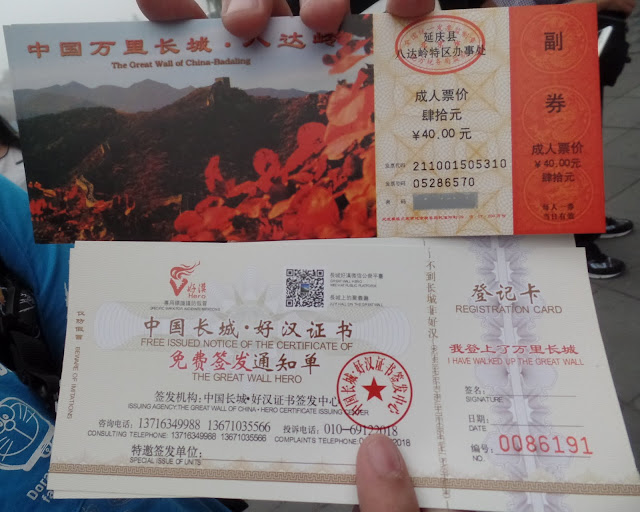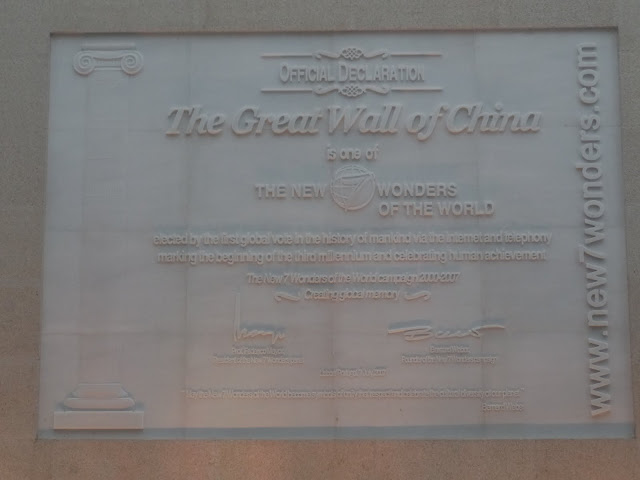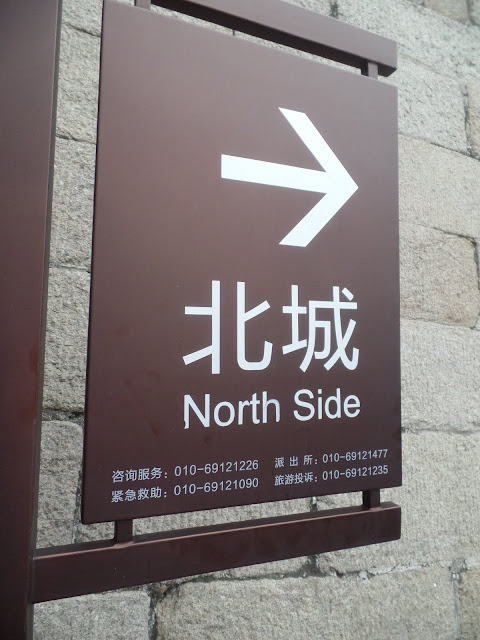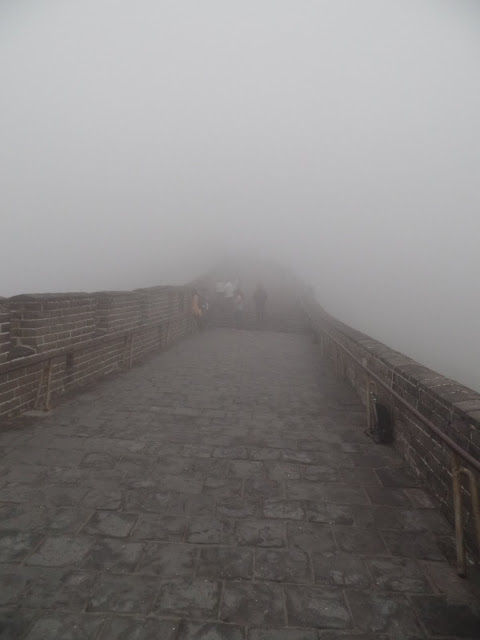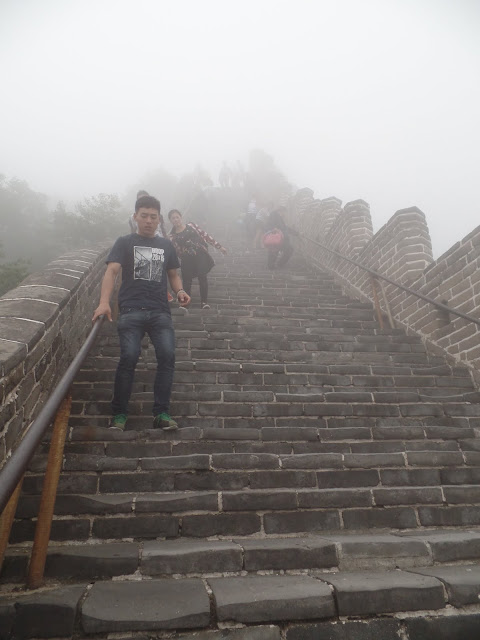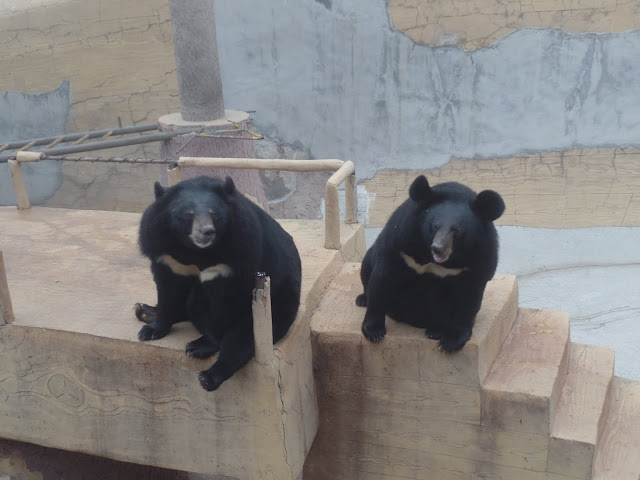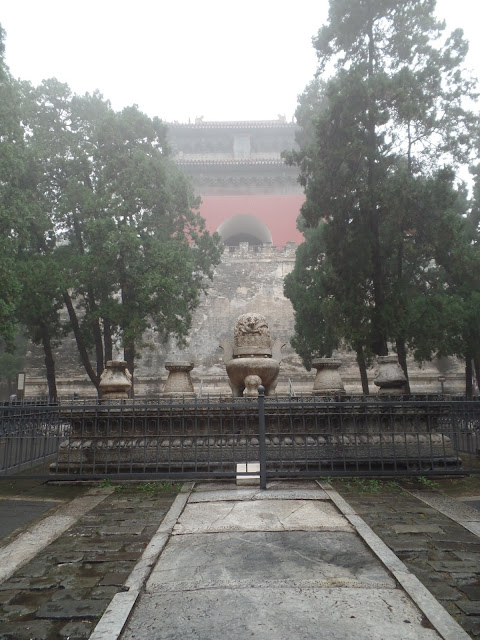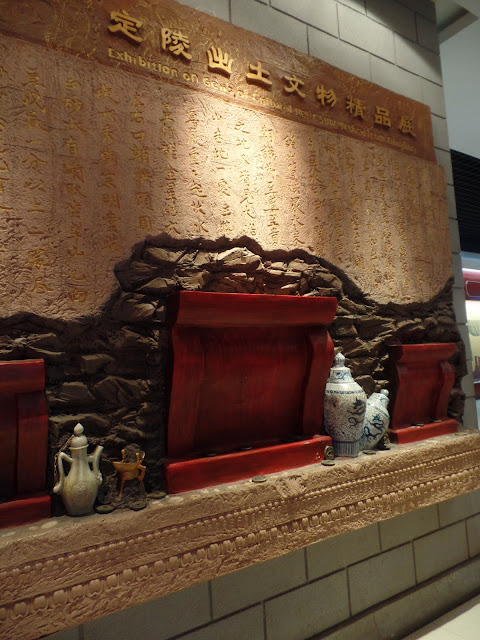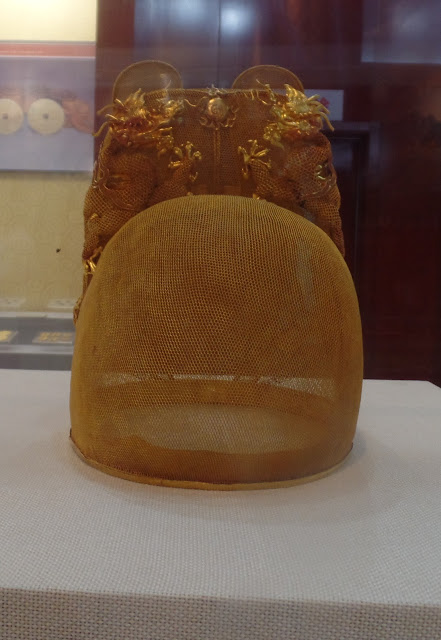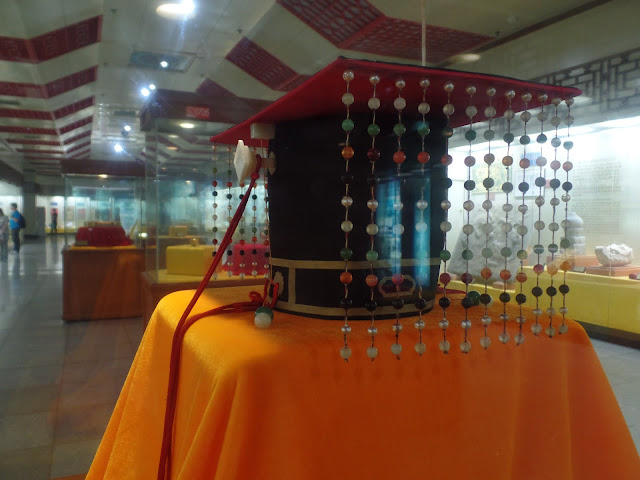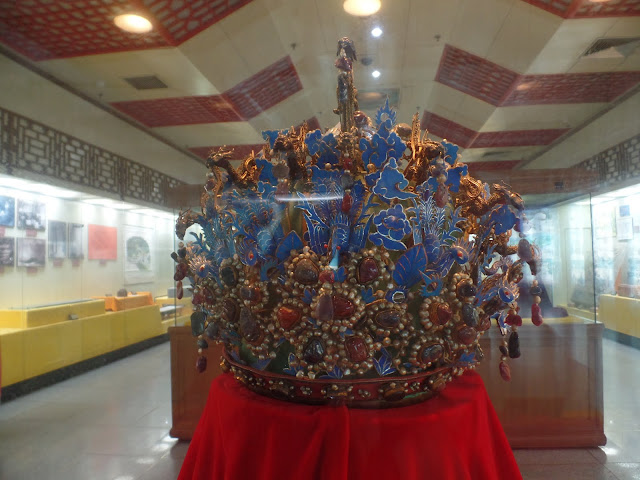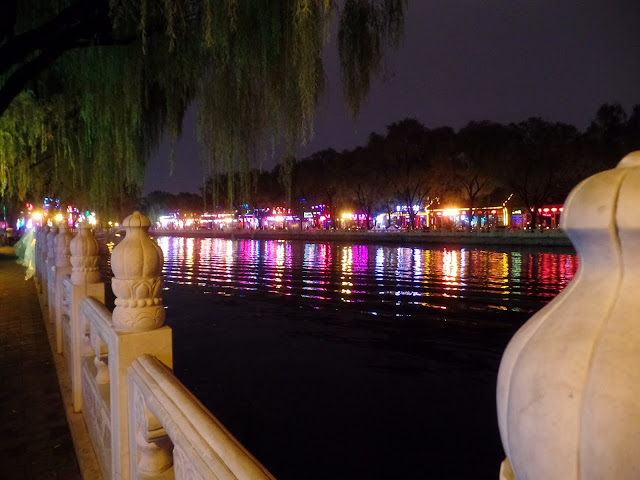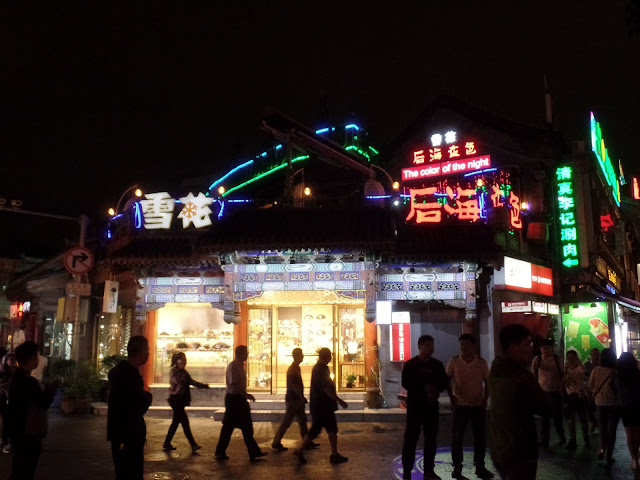We had a short 2D1N short weekend getaway to Kukup, a small fishing village located at the southwest of the state of Johor, Malaysia. Kukup has become a popular place among the locals and Singaporean tourists in recent years due to its unique offering of staying in modern chalets built on stilts over the coastal mudflats. There were 10 of us and we gathered at our pickup point in the East at 8.30am before we depart for Kukup via the Second Link by a mini bus.
After completing the immigration checks at the Malaysian side, it took another hour plus of bus ride to get to Kukup, passing through the oil palm plantations. We reached the international ferry terminal (which provides ferry services to Karimun and Batam of Indonesia) at around 11am, which was still early for lunch or check-in to our chalet. We dropped our bags at the seafood restaurant, New Kukup Restaurant, (also the place which we will have our lunch) just beside the ferry terminal. At the end of the restaurant, we boarded the short boat ride along the north coastal area. The boat ride serves as a shuttle service to some of the chalets along the coast and the kelong fish farms.
 |
| Waiting to board the boat ride |
 |
| Chalets on the left and kelong fish farms on the right |
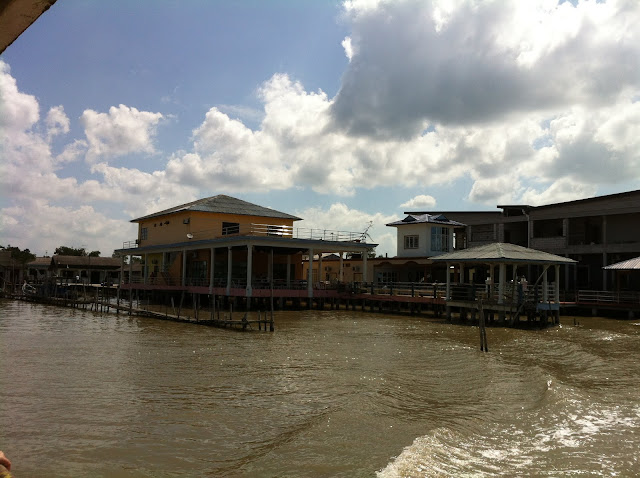 |
| Coastal chalets |
 |
| Boat ride |
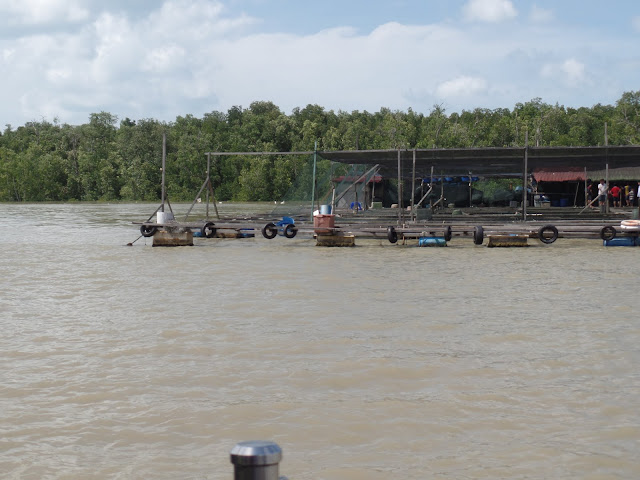 |
| Kelong fish farms |
We did not alight, but just took a round trip back to the restaurant enjoying the coastal scenery along the way. The lunch was part of the tour package, so it was already pre-arranged. Very soon after we sat down, the dishes were served. Quite a good spread, with fried fish, chili crab, cereal prawns, chicken, bean curd and belacan kangkong.
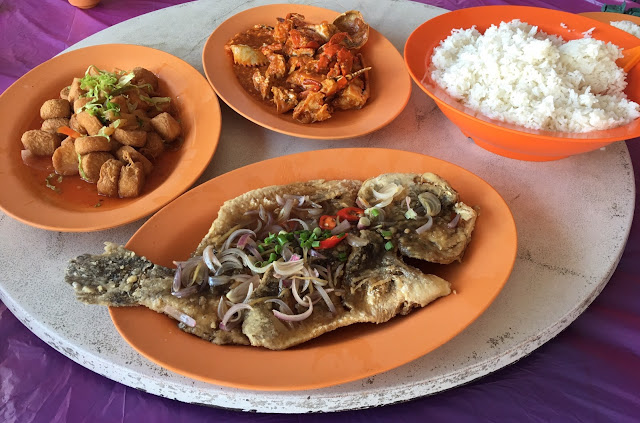 |
| Seafood lunch |
Upon entering the chalet, it gave us a very homely feeling and the whole place was clean and tidy. There are 3 rooms for us, 2 bedrooms and 1 empty room probably meant for playing Mahjong.
 |
| One of the bedroom |
 |
| Kitchen |
After some exploring around the chalet, we started the KTV session. Other than the KTV, there's also Mahjong and Carom available in the chalet. Not long after, the owner started serving the tea break snacks, comprising of prawn crackers, curry puffs, soon kueh and green bean soup. Frankly speaking, we were still feeling full from the lunch earlier.
 |
| Snacks - Prawn Cracker and Soon Kueh |
Along the main road, we could find shops selling clothing, children toys, local food products and bubble tea. As it nears sunset, we made our way back to the chalet, ready for another round of food again.
 |
| View of the village at sunset |
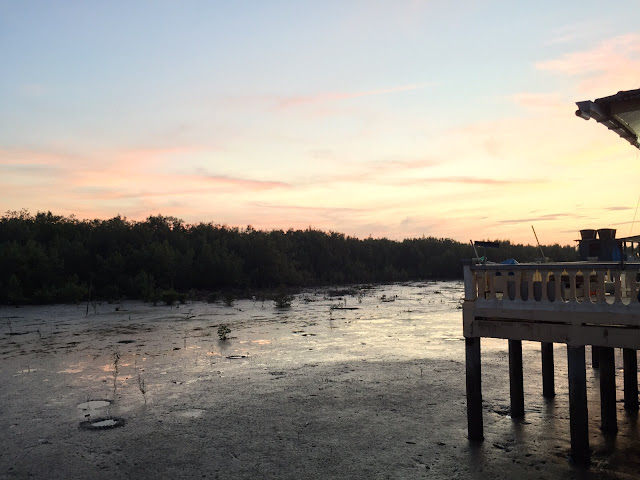 |
| View of mangrove forest at sunset |
At around 7pm, the owner started preparing our dinner, setting up the BBQ pit. There was a great spread of food, from the BBQ sting ray, fish, squid, prawns, chicken satay, chicken wings, sweet corn, to other cooked food such as herbal chicken, vegetable, fish balls, sausages, fried chicken strips, local crystal jelly and bubur hitam. The amount of food was so overwhelming that it took us a long time to finish majority of them.
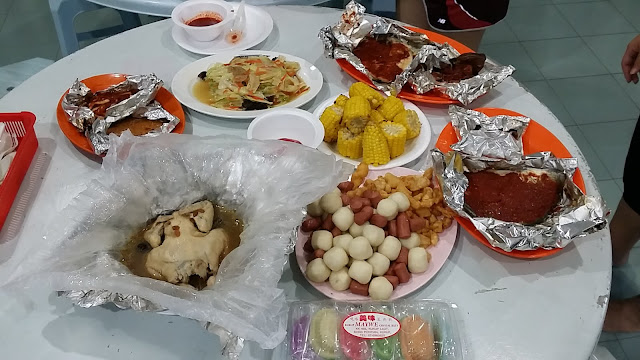 |
| Our dinner |
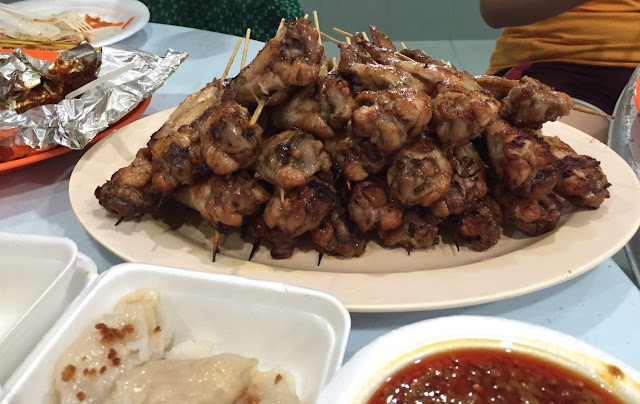 |
| Lots of chicken wing |
The weather was good and sky was clear, which provided a good opportunity for stars gazing as well. After all these, we continued with some board games that we brought before we decided to call it a day, washed up and went to bed.
We woke up the next morning at around 8am and then the owner had already brought our breakfast to the chalet. There were nasi lemak, chwee kueh, youtiao and hot soya bean drink. We just sat around the table, chit chatting while having the breakfast.
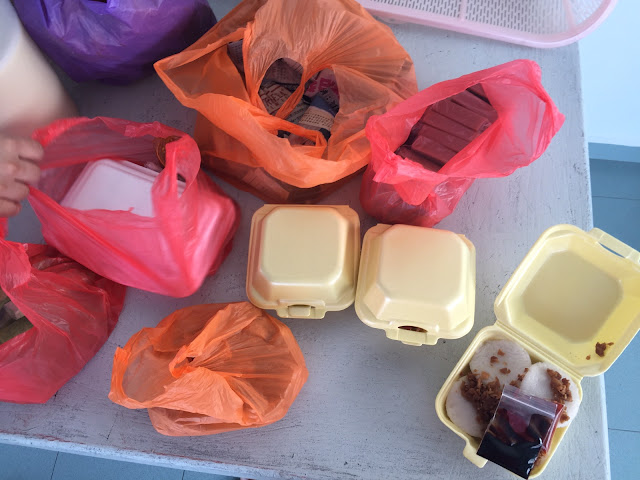 |
| Our breakfast |
We did not do much in the morning, so after the breakfast, we simply packed up and prepared for check-out. We had some last minute shopping at the shops along the main road before heading to the same seafood restaurant to have our lunch. The dishes were the same as the previous day, but cooked in different style.
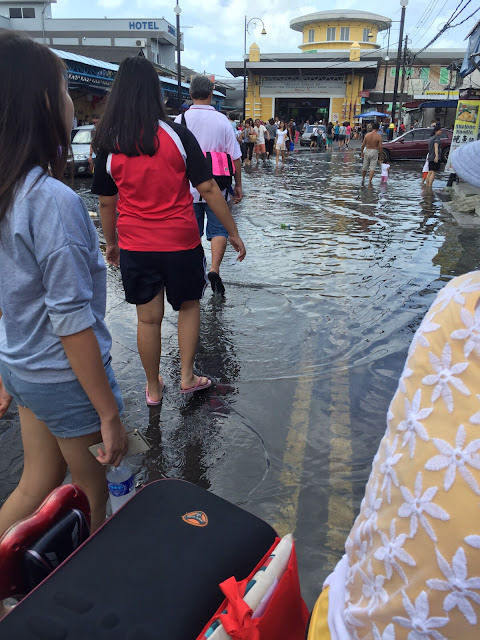 |
| Seawater flooded parts of the main road during high tide |
After lunch, we bid goodbye to Kukup and headed back to Singapore.
In conclusion, the trip had provided us a different experience, with the unique chalet stay over the water, playing with fireworks and sky lanterns that we could not experience in Singapore, waves of good food (4 main meals and 1 tea break provided in the package) and the great hospitality from the chalet owner. This is a recommended getaway gathering location for families and friends.






